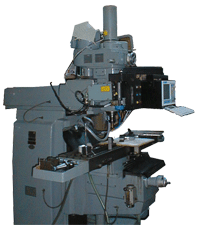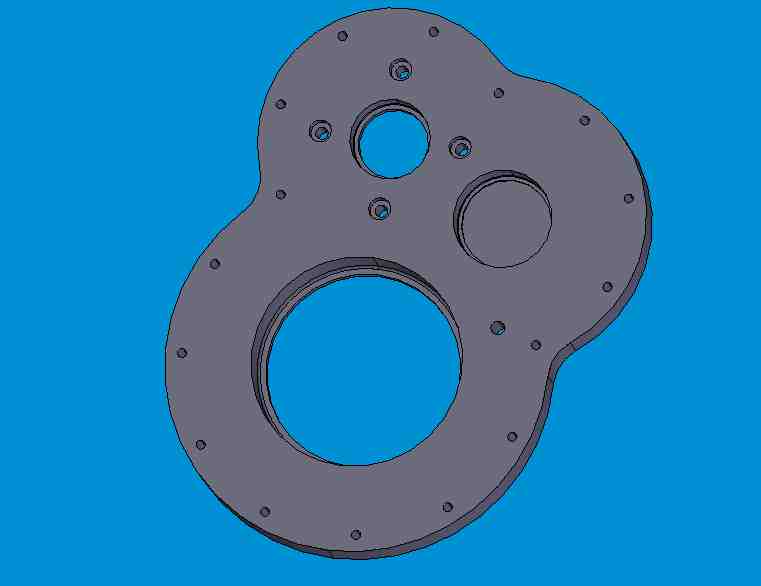DESIGN FOR MANUFACTURE
BASED ON 3-AXIS MILLING
The following is a list of points that will reduce the time taken and the material wasted when machining a part. This directly translates into cost savings. While mainly directed at parts made on a 3 axis mill the general principles apply to most machining operations
End mills Square & Ball (5% of cutter diameter) (01B)
Facing cutters (01C)
Specialised cutters
Facing cutters (01C)
Specialised cutters
Tolerances
- Part Fits.
Specifying inside measurements and outside measurements to the same dimension means they won’t fit. Tool and machine flex causes holes/pockets and internal machining to be slightly undersize while machining the outside of a solid will result in the item being fractionally over size. Fractions count and what was meant to be a slide fit may now be a press fit. (Draw with dimensions)
|
Part dimensions.
Overly strict dimensioning costs money, lots of money. If you specify the centre distance between two bearing pockets as 287+/-0.01mm then you are now requiring aerospace precision machining with temperature controlled bed, tooling and environment. You have created a very expensive thermometer, and realistically no better than 0.05mm plus or minus can be repeated. |
|
This table is from a spreadsheet for calculating the expansion of materials based on temperature change and size.
|

Cutter vs Size of Parts
This is a trap that many designers never think about. If you specify curves, recesses, slots, gaps etc to exact numbers (eg 5mm) it is probable that the machinist will have to fake the tool dimensions to get a 5 mm cutter to machine the slot. This varies between CAM programmes but most of them have a tolerance in the programme which will be set to “adequate” by the machinist
This is a trap that many designers never think about. If you specify curves, recesses, slots, gaps etc to exact numbers (eg 5mm) it is probable that the machinist will have to fake the tool dimensions to get a 5 mm cutter to machine the slot. This varies between CAM programmes but most of them have a tolerance in the programme which will be set to “adequate” by the machinist
Cutter vs Size of Parts
This is a trap that many designers never think about. If you specify curves, recesses, slots, gaps etc to exact numbers (eg 5mm) it is probable that the machinist will have to fake the tool dimensions to get a 5 mm cutter to machine the slot. This varies between CAM programmes but most of them have a tolerance in the programme which will be set to “adequate” by the machinist
This is a trap that many designers never think about. If you specify curves, recesses, slots, gaps etc to exact numbers (eg 5mm) it is probable that the machinist will have to fake the tool dimensions to get a 5 mm cutter to machine the slot. This varies between CAM programmes but most of them have a tolerance in the programme which will be set to “adequate” by the machinist


